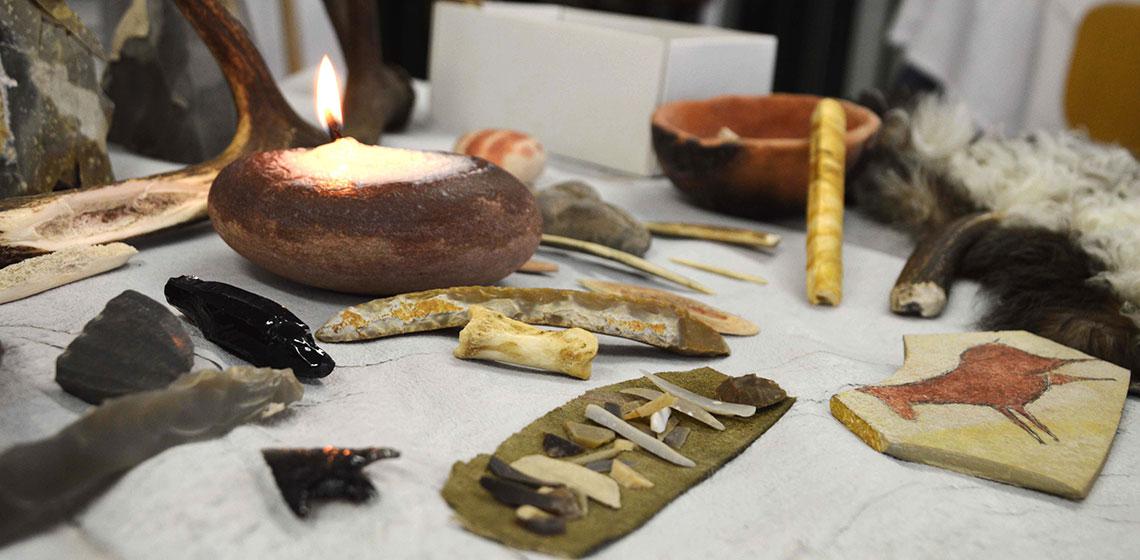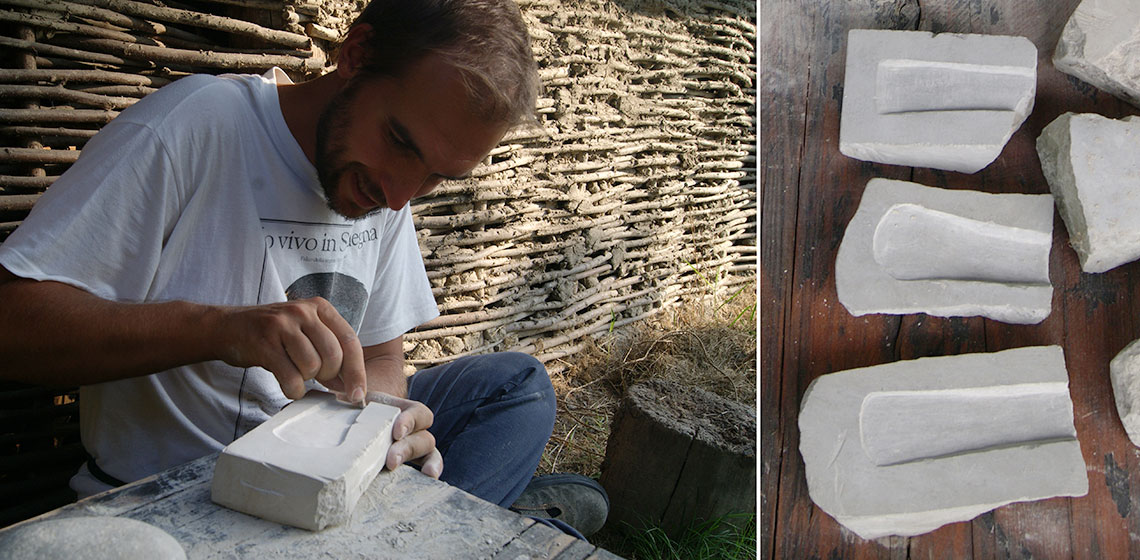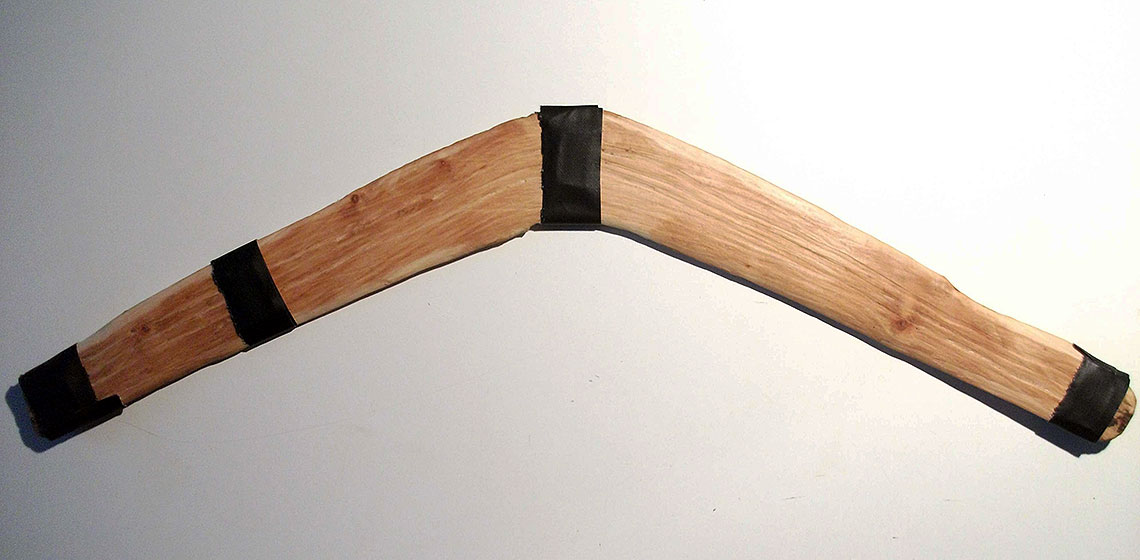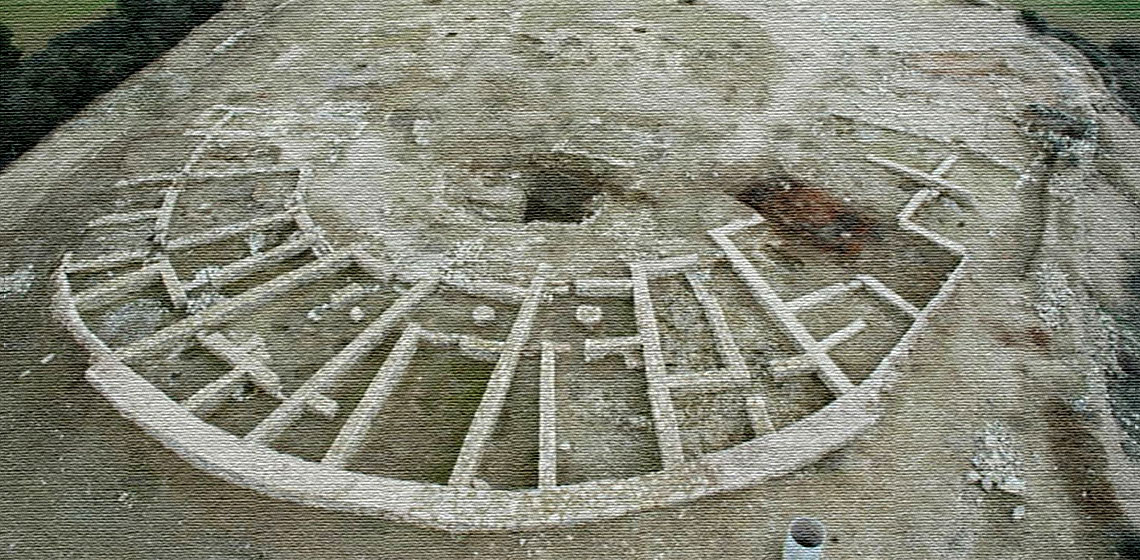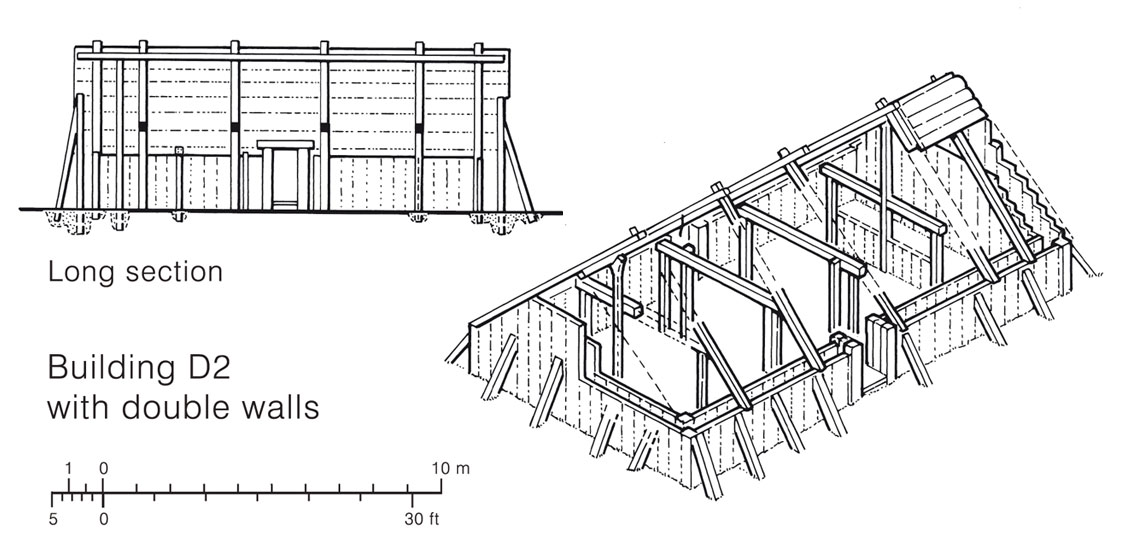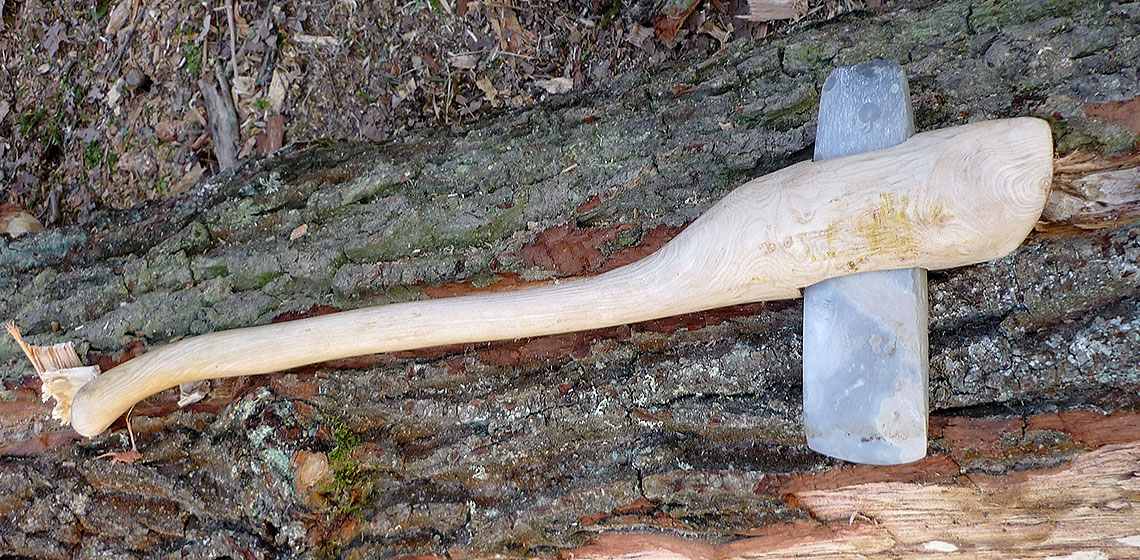Experimental Archaeology
Experimental Archaeology Laboratory UAM (ES)
Official Goal of our organisation is teaching and research in Prehistory and Archaeology by using experimental methodologies.
Official Goal of our organisation is teaching and research in Prehistory and Archaeology by using experimental methodologies.
Problems and Suggested Solutions in the Replication and Operation of a Glass Furnace based on Roman Remains: an Experiment in Glass Production
Part of the reorganisation of the archaeological open-air area at Asparn are plans for a remaking of the Iron Age workshop area. The construction of an Iron Age smithy and a glass production furnace are also being planned. As is widely known ‘glass can be made out of quartz sand, potash and lime’. But is it as easy as that? It is therefore legitimate to discuss here the experimental efforts involved in its production.
Fundación Atapuerca (ES)
The aims of the Atapuerca Foundation is to support the Atapuerca Research Team (ART) in the form of pre- and post-doctoral research grants and manage each annual dig at the Sierra de Atapuerca sites.
The aims of the Atapuerca Foundation are:
The YEAR Centre (UK)
The YEAR (York Experimental Archaeological Research) Centre is affiliated with BioArCh, Department of Archaeology, the University of York. We are concerned with education, public outreach and specialised academic research on the production, function and meaning of material culture. We are currently running an MA Research Skills Module on Experimental Archaeology.
The YEAR (York Experimental Archaeological Research) Centre is affiliated with BioArCh, Department of Archaeology, the University of York. We are concerned with education, public outreach and specialised academic research on the production, function and meaning of material culture...
Experiencing Visible and Invisible Metal Casting Techniques in Bronze Age Italy
***What we know about Bronze Age metalworking in Italy basically relies on finished artefacts and on stone, clay or bronze implements involved in the process of manufacturing (tuyères, crucibles, moulds, hammers, chisels, et cetera; Bianchi, 2010; Bianchi, in press).
A Gaulish Throwing Stick Discovery in Normandy: Study and Throwing Experimentations
The Creation of an Experimental Camp of Protohistory at the Iberian Settlement of Estinclells (Verdú, Urgell, Catalonia)
Yeavering Reconsidered
1987 ESF Proceedings
The 1980s was the beginning of a boom in the construction of archaeologically inspired buildings inside and outside archaeological open-air museums.
***Brian Hope-Taylor’s report (1977) on his excavations at Yeavering was received with a unanimous fanfare of approval from reviewers...
Field Trials in Neolithic Woodworking – (Re)Learning to Use Early Neolithic Stone Adzes
***Excavations of several Early Neolithic wells with excellent preservation of the wooden lining in the past years have made clear that Stone Age woodworking already attained a very high level of perfection. This poses the question how it was possible to execute this type of work with the means available at that time...

